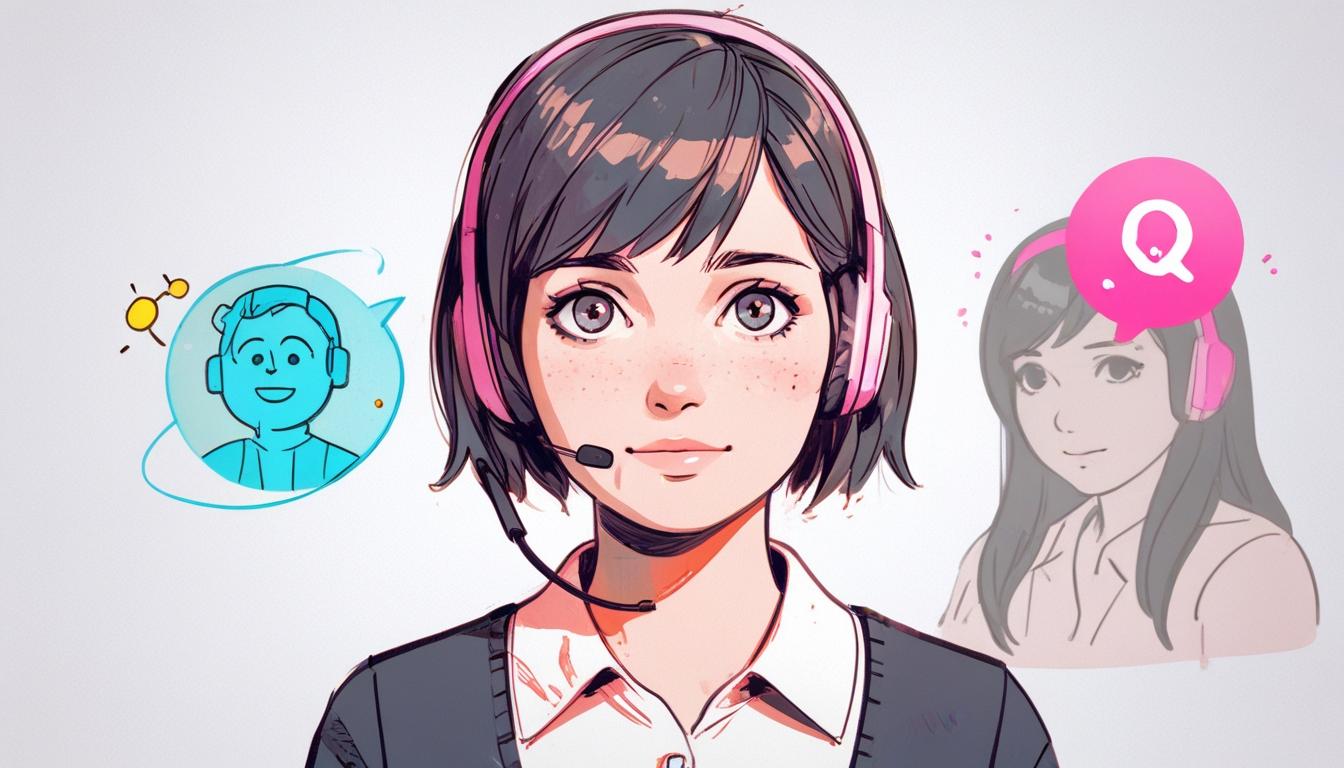Klarna, the buy now, pay later service, has made a significant pivot in its approach to customer service, moving away from a near-total reliance on AI-powered chatbots. Initially, the company eagerly embraced this technology, claiming to replace a significant portion of its human workforce with AI solutions. However, following unsatisfactory experiences and a notable decrease in customer satisfaction, Klarna has begun hiring again, promising to provide genuine human support when needed.
Recent statements from CEO Sebastian Siemiatkowski highlight the company's newfound commitment to maintaining a human touch in customer interactions. In an announcement reported by Bloomberg, Siemiatkowski asserted the importance of ensuring customers always have the option to speak to a human representative. This marks a stark contrast to the company's previous stance, where Siemiatkowski expressed enthusiasm for deploying AI, even referring to Klarna as OpenAI’s “favourite guinea pig.” During that period, the company initiated a hiring freeze and drastically reduced its workforce from 3,800 employees to approximately 2,000, proclaiming these cutbacks as a natural attrition rather than a series of layoffs.
While Klarna’s AI chatbots were initially touted for their impressive ability to handle two-thirds of customer service inquiries—equating to the workload of 700 full-time agents—the reality proved more complex. Siemiatkowski later admitted that reliance on these AI tools, which were praised for quickly resolving customer issues and reducing repeat inquiries by 25%, resulted in detrimental quality issues. “What you end up having is lower quality,” he stated, underlining the effect that a focus on cost-cutting had on service standards. This feedback aligns with broader research indicating widespread consumer dissatisfaction with AI-driven customer service.
Surveys reveal a strong preference among customers for human interaction; over 80% prefer to wait for a human agent, while two-thirds express a desire for minimal AI involvement in customer service. These sentiments echo Klarna’s current predicament—having pursued an advanced, cost-saving solution that ultimately failed to satisfy its user base. In a landscape where customer loyalty hinges upon positive experiences, Klarna’s initial gamble on AI became a cautionary tale of prioritising innovation over quality.
As the company resumes its hiring spree, it plans to structure this new workforce in a way reminiscent of gig economy models, appealing to students and individuals in rural areas seeking flexible work. While this move may address the immediate need for human agents, concerns about the nature of such roles persist. Critics warn that reliance on contract employment may exacerbate issues of job security and quality of worklife, raising ethical questions about the treatment of workers.
Furthermore, Klarna's strategic deployment of AI has not come without its own controversies. While company reports indicate that the AI assistant has achieved customer satisfaction scores on par with human agents, there remains that a disparity exists in the authentic, empathetic interactions often offered by human representatives. The dichotomy between cost savings and customer satisfaction is glaring, as the company grapples with the long-term implications of its automation efforts.
Klarna's journey illustrates a broader trend in the industry, where rapid technological adoption must be balanced with genuine customer care. The enthusiasm for AI’s capabilities initially propelled companies toward automation; however, as Klarna has experienced, the road to customer satisfaction is paved not just with technological advancements but with the irreplaceable value of human connection. As it adapts its strategy, Klarna serves as a compelling case study in the evolving relationship between technology and customer service.
Reference Map
- Paragraph 1: [1]
- Paragraph 2: [1]
- Paragraph 3: [1], [4]
- Paragraph 4: [2], [3], [6]
- Paragraph 5: [1], [7]
- Paragraph 6: [1], [3], [5]
- Paragraph 7: [1], [4], [6]
- Paragraph 8: [1], [3], [6]
Source: Noah Wire Services
